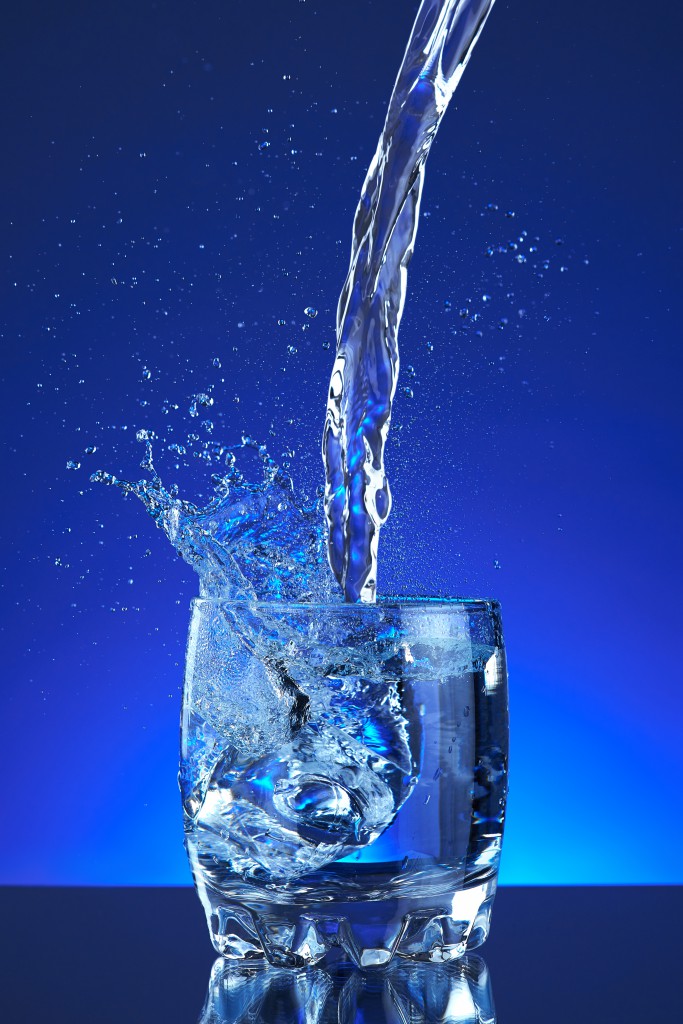The Future of Water Purification

If you use either a pitcher or faucet filtration system to purify your water, you may not feel you need anything else to bring out the best taste in your water. That said, you may still incur a hefty cost when it comes to buying new filters to keep your cooking and drinking water as free of harmful pollutants as possible. The future could herald a more effective, less expensive means of water purification. How?
Reverse Osmosis
The truth of the matter is that reverse osmosis is one of the most effective and affordable means of purifying water. Reverse osmosis technology is already popular in the Middle East and Singapore. What’s so great about reverse osmosis is the fact that it’s a process that can handle massive quantities of water, perfect for large cities or factories that require a great deal of water to remain operational.
Another great thing about using reverse osmosis to purify water is that it works with varying degrees of purification, meaning that fewer compromises have to be made. This is ideal for factory or other industrial settings where mineral deposits and other by-products have the potential to degrade the performance and life expectancy of hardware.
The Need for Further Advances
For all the benefits of reverse osmosis when it comes to purifying water, the process can still be improved. Those improvements depend on refined renewable energy technology and processes. A lot of power is required for reverse osmosis, and the means of creating that power can pollute the air, which just creates one problem whilst attempting to address another. Currently, wind and solar power seem to be two of the best options for bringing out the most in reverse osmosis.
Just because our current water purification methods work does not mean they can’t be improved. Reverse osmosis could be the key to reversing the harm done to rivers, streams, and other bodies of water we depend on for drinking water. Reach out to purifying companies to learn more.
